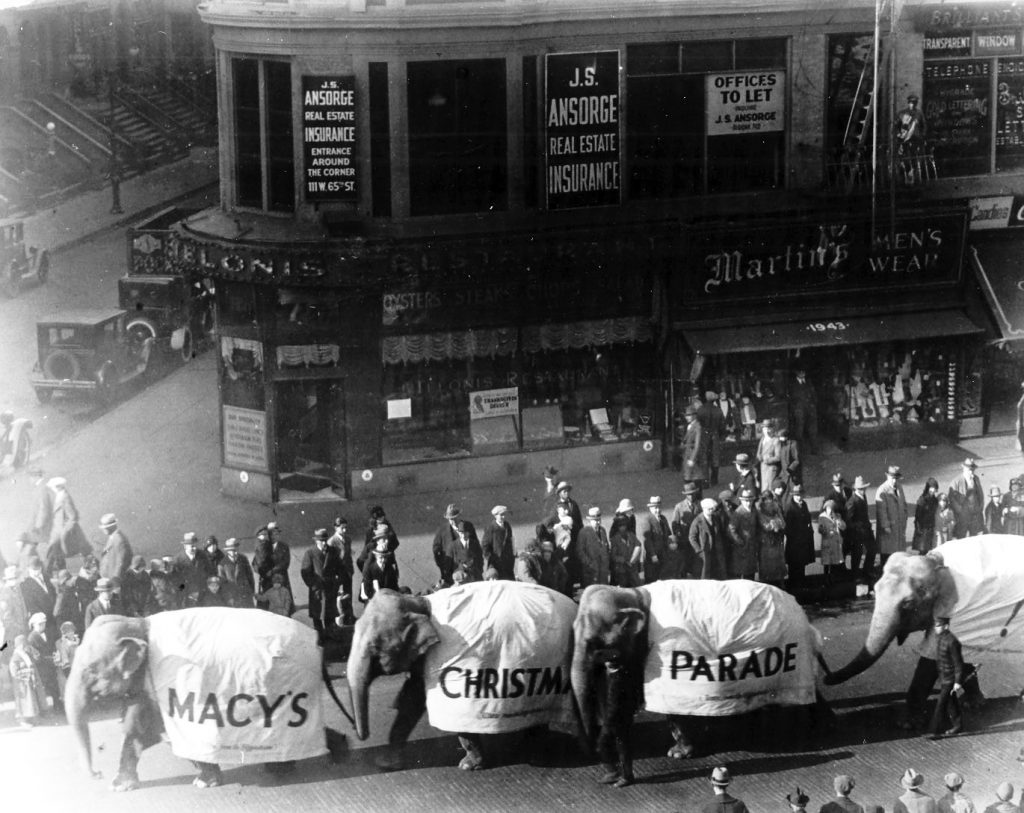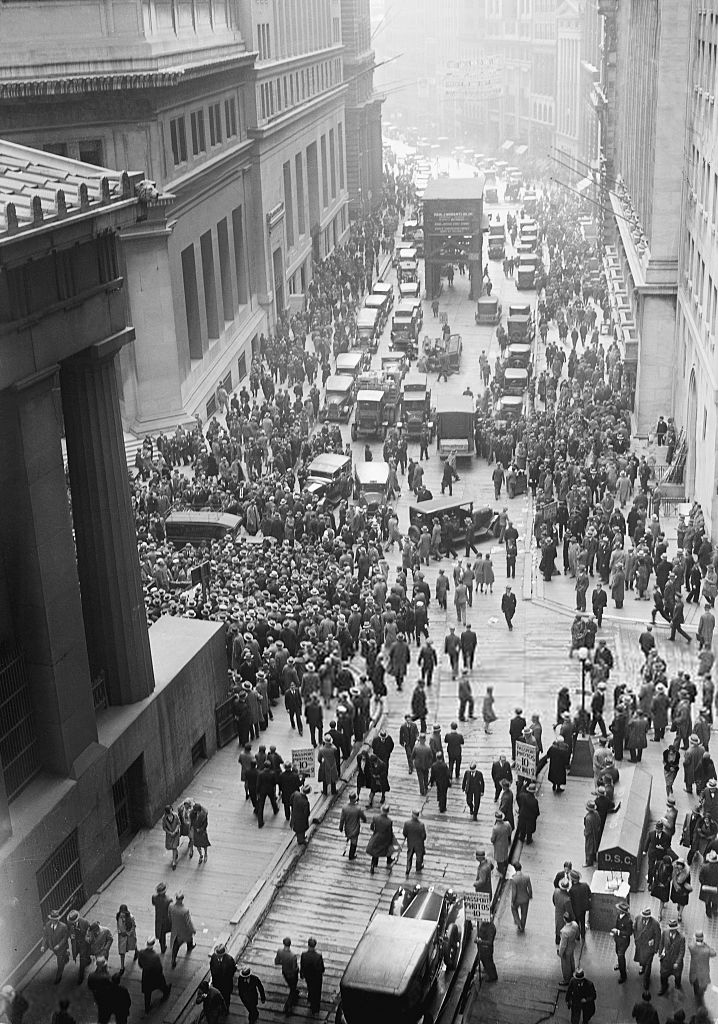By Dan Shine
Voice Columnist
The 1920s

Here we are, still in the early stages of the 2020s, and perhaps this is a good time to look back upon the American way of life one hundred years ago:
The population of the United States had just reached 100 million in 1920, and in that year, it was noted that for the first time the number of Americans living in the cities exceeded the number living on farms and in rural areas. This change was brought about by the rapid rise in the number of new factories and the arrival of wave upon wave of European immigrants. Also, at that time, the Connecticut population was 1.4 million; today it is close to 4 million.
The presidents during the period 1920-1930 were Warren G. Harding (R), Calvin Coolidge (R) and Herbert C. Hoover (R). The Roaring Twenties as it was called was a decade of great economic growth and widespread prosperity, driven by recovery from wartime devastation and deferred spending, a boom in construction, and the rapid growth of consumer goods such as automobiles and electricity in North America. By means of comparison, the average wage of a factory worker in the 1920s was $22.00 per week, double what it had been ten years earlier.

Notable legislation included:
The 18th Amendment to the Constitution, known as the Volstead Act or Prohibition, outlawed alcohol production, sale and consumption. This act went into effect in 1920 only to be repealed by the 21st Amendment in 1933. Initially, the 18th Amendment was widely supported, but as time went by “speakeasies” flourished, even as criminal gangs gained control of the beer and liquor supply in many cities, and a new opposition emerged nationwide. This widespread change in public sentiment led to the end of Prohibition.
The 19th Amendment granted American women the right to vote, a right known as women’s suffrage, and was ratified in 1920, ending almost a century of protest.
Americans became healthier during the 1920s: penicillin was discovered; in addition, great strides were made toward the detection, elimination or control of scarlet fever, tuberculosis, measles, diabetes, polio and a variety of cancers. In addition, indoor plumbing became commonplace, replacing washstands, chamber pots and outhouses.
Entertainment was enhanced by the appearance and expansion of radio stations and household radio receivers throughout the United States: At last, the entire country was united by radio programming. Entertainment included humorous skits, news, serial stories and political speeches.
The evolving musical entertainment of that era was primarily influenced by black America: Jazz, blues, swing, dance band and ragtime, and often played by black musicians.
On the “silver screen,” the transition from silent films to the “talkies” in the mid-1920s dramatically transformed the face of the American film industry and of mass entertainment.
Even as America’s love affair with the automobile was still in its infancy, so too commenced the earliest days of air travel. Handsome, romantic figures included air pioneers like Charles Lindberg, who was the first to fly from New York to Paris non-stop, and Amelia Earhart, who sought to set records and “firsts” for women fliers. These brave pioneers were also very prolific writers: Their books inspired countless others who would eventually follow them into the skies.
Some notable “firsts” of the 1920s included the opening of the first Sears Roebuck store in Chicago, the Macy’s Thanksgiving Day Parade in New York City, and a crude version of a strange device that would later become known as the television.
It seemed as if the Roaring Twenties would continue to roar on and on, non-stop. But then, in the fall of 1929 came the Wall Street Crash; this would herald the coming of the Great Depression, which was in fact a worldwide event. In response, Government scrambled to devise ways to bring Americans out of their deepening misery—by a process of measures that would consume years and yield but mixed results. But that is another story for another day.